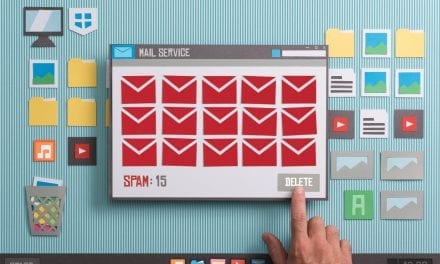How many times have you sent out a cold email to a prospect and received no reply?
Probably too many times for your liking.
But don’t worry, you’re not alone. It can be difficult to get a response, especially from those that have busy schedules.
There are a few reasons why this keeps happening:
- As we have just mentioned, the person of interest may be incredibly busy dealing with emails all day. Failing that, they may have a PA that deals with all emails which you aren’t getting past.
- Your emails don’t keep them interested, sending it to the bin and adding your address to the spam folder.
- They don’t include enough actionable tasks to progress. They may like what you have to say but without telling them what to do next, they don’t go anywhere.
- They might not like or appreciate cold emails, which is the key difference between inbound vs outbound sales.
With these points in mind, here are a few things you can do to improve the conversion rates of your outreach emails.
Know your audience
Before hitting the send button, are you sure that would respond if they saw your email?If you’re not, there are a few things to check.
Firstly, identify who their audience is. Are they active in your sector and will they benefit from what you have to offer?
Secondly, do you know anything about the reader themselves? Make sure you do a bit of background research and give your email a personal touch.
Next, is your content shareable? Is it something that they would repost on their social media pages? Visit their profiles and see what content they are sharing.
Finally, are you trying to catch too big of a fish? Sometimes it better to target the smaller trout than going after the shark.
Be confident that you know your audience before sending the email.
Pay attention to when you send the email
Timing is everything. This may be terribly cliché but when it comes to outreach emails, it couldn’t be truer.
If you tend to send your outreach emails on Friday afternoons when the majority of people and businesses are winding down for the weekend, chances are your email gets ignored.
You then get pushed down the priority list on Monday morning, eventually just deleted.
Also make note of their business schedule. You don’t want to make a bad impression by sending them an email when they’re in an important meeting.
If they do respond but telling you they’re too busy, be swift with your reply and ask for a more appropriate time that suits them.
Take your time creating the subject line
Outreach emails are sent too often with the most generic subject lines that don’t grab the attention of the intended audience.
With this in mind, don’t be tempted to start writing the funniest subject lines you can think of. Far from it. This looks extremely unprofessional and the email will get deleted quicker than your previous attempts of getting noticed.
Be clever with your approach. Write a subject line that references to their line of work or a blog post/article they have written that sparked your interest and so you felt ‘obligated’ to reach out to them.
Simple, straightforward subject lines tend to perform better than overly clever or vague subject lines. Try something like, “Quick question” or “A blog pitch you might be interested in.”
Be concise and to the point with your subject lines and you will bypass the PA and be in the eyes of the intended audience.
Don’t ask to be heard, give value
Emails that give off a desperate vibe aren’t going to be read by your intended audience. If your outreach looks like you’re asking for something from them, they aren’t going to pay attention to it.
After all, you’re after their customer, not the other way around.Therefore, your approach needs to be the other way around; you need to be providing value.
However, it’s not enough to say you just liked their work; this is too generic and will not separate you from the hundreds of other outreach emails wanting their attention.
So, you need to be following the same approach as the subject line point; inform them about a post that really struck you and had a positive impact on your business or tell them how well a post has been written.
The absolute best thing you can do is to follow their advice and give them your results. Be a case study for them, and your chances of getting a response will skyrocket.
Keep your emails short
Simple but effective – familiar? This is great advice to follow for improving conversion rates of outreach emails.
It can be really easy to get carried away and tell your business’ life story. This is not the time or place fir an outreach email.
Your audience will likely only have a limited amount of time, so you need to make sure you are getting your point across in no more than 4 sentences.
Formatting plays a big role here; use bullet points, bold font to highlight key points, and so on. The easier it is to read, the more likely it’s going to actually be read.
Keeping emails short also shows that you realise your audience is on tight schedule and don’t have time to scroll pages of information. Make it obvious to the reader what value you’re providing.
Conclusion
Successful outreach emails can build long lasting relationships with new clients that will see your business grow and grow.
Published and shared content through your new contact provides excellent opportunities for additional link building strategies to further increase brand authority and lead generation.
Follow these five tips and you should be able to break through the four obstacles preventing your cold emails being seen by decision makers.





